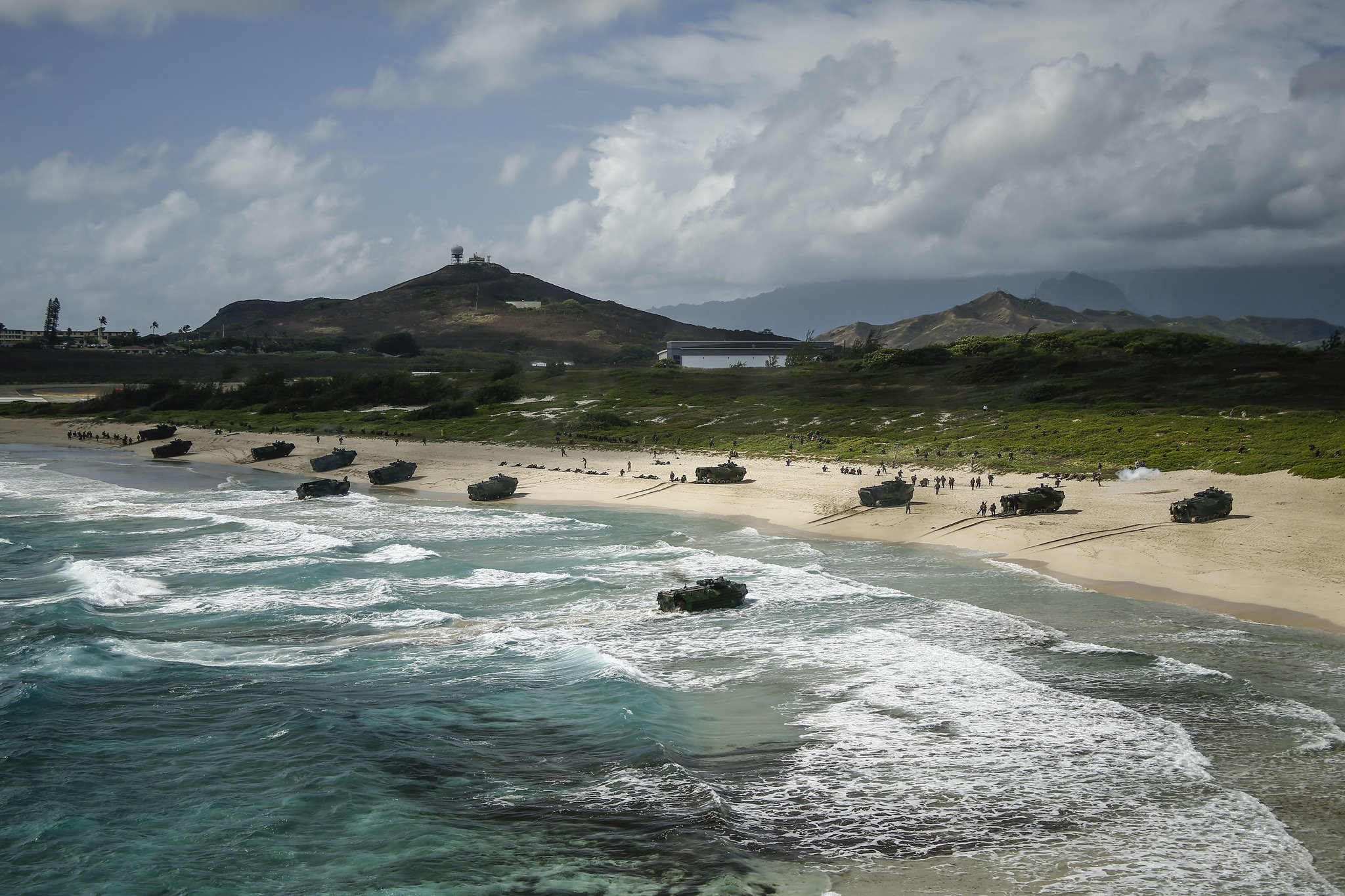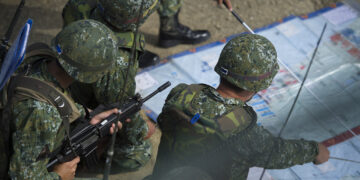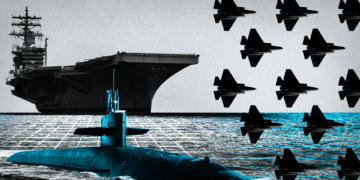May 21, 2024
How China will squeeze, not seize, Taiwan

Testifying before the Senate Armed Services Committee in 2021, Admiral Philip Davidson, the retiring commander of U.S. military joint forces in the Indo-Pacific, expressed concern that China was accelerating its timeline to unify with Taiwan by amphibious invasion. “I think the threat is manifest during this decade, in fact in the next six years,” he warned. This assessment that the United States is up against an urgent deadline to head off a Chinese attack on Taiwan—dubbed the “Davidson Window”—has since become a driving force in U.S. defense strategy and policy in Asia.
Indeed, the Defense Department has defined a potential Chinese invasion of Taiwan as the “pacing scenario” around which U.S. military capabilities are benchmarked, major investments are made, and joint forces are trained and deployed. Taipei has been somewhat less fixated on this particular threat. But over the last decade, as the cross-strait military balance has tilted in Beijing’s favor, Taiwan’s leaders have ramped up their military spending and training expressly to deter and deny such an attack.
The threat of an amphibious invasion, however, is the wrong focal point for the United States’ efforts to protect Taiwan. China’s patient, long-term Taiwan policy, which treats unification as a “historical inevitability,” together with its modest record of military action abroad, suggests that Beijing’s more probable plan is to gradually intensify the policy it is already pursuing: a creeping encroachment into Taiwan’s airspace, maritime space, and information space. The world should expect to see more of what have come to be known as “gray-zone operations”—coercive activities in the military and economic domains that fall short of war.
More on Asia

Featuring Jennifer Kavanagh
October 4, 2025







